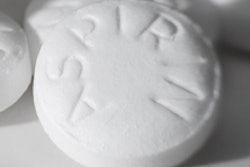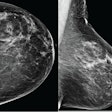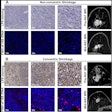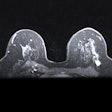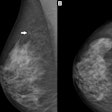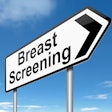Volumetric breast density measurement will aid in more accurate cancer risk stratification, allow more reliable studies on breast density as an independent risk factor for breast cancer, and enable clinicians to engage patients in participatory medicine, according to a new study.
Breast density is the key to decisions about screening intervals and modalities, according to Kwan-Hoong Ng, PhD, and Susie Lau from the University of Malaya Research Imaging Centre in Kuala Lumpur. And despite many research reports, there is a lack of physics-led and evidence-based science behind many methods of measuring breast density.
Concerned about the growing incidence of breast cancer in Malaysia and the high rate of breast density among Asian women, the researchers wanted to illustrate why there is a "paradigm shift" toward personalized breast screening, which is going to see many more cancers being detected early with the use of automated volumetric density measurement tools (Medical Physics, December 2015).
The study reviewed the development of breast density estimation from pattern analysis to area-based analysis, as well as current automated volumetric breast density analysis. It follows the role of breast density with its inclusion in BI-RADS, and also highlights the objective approach based on the physics of the x-ray imaging process.
The researchers concluded that current commercial volumetric methods are working and there will be improvement in volumetric breast density measurements that will satisfy the needs of radiologists, epidemiologists, surgeons, and physicists.
"It is also fortuitous that volumetric measures deliver a more robust tool for epidemiologists, who can use it to correlate with the risk of developing cancer; clinicians and surgeons, who can use its quantifiable measurements for making clinical decisions; and physicists, who can obtain objective, reliable, and reproducible statistics," they added.




